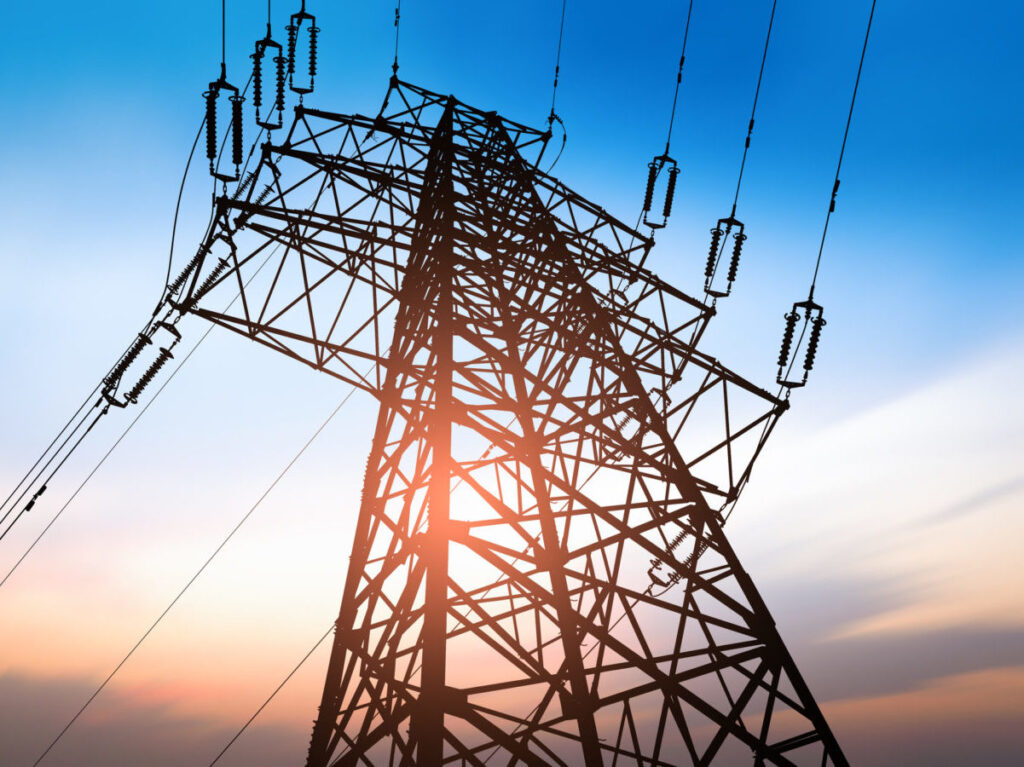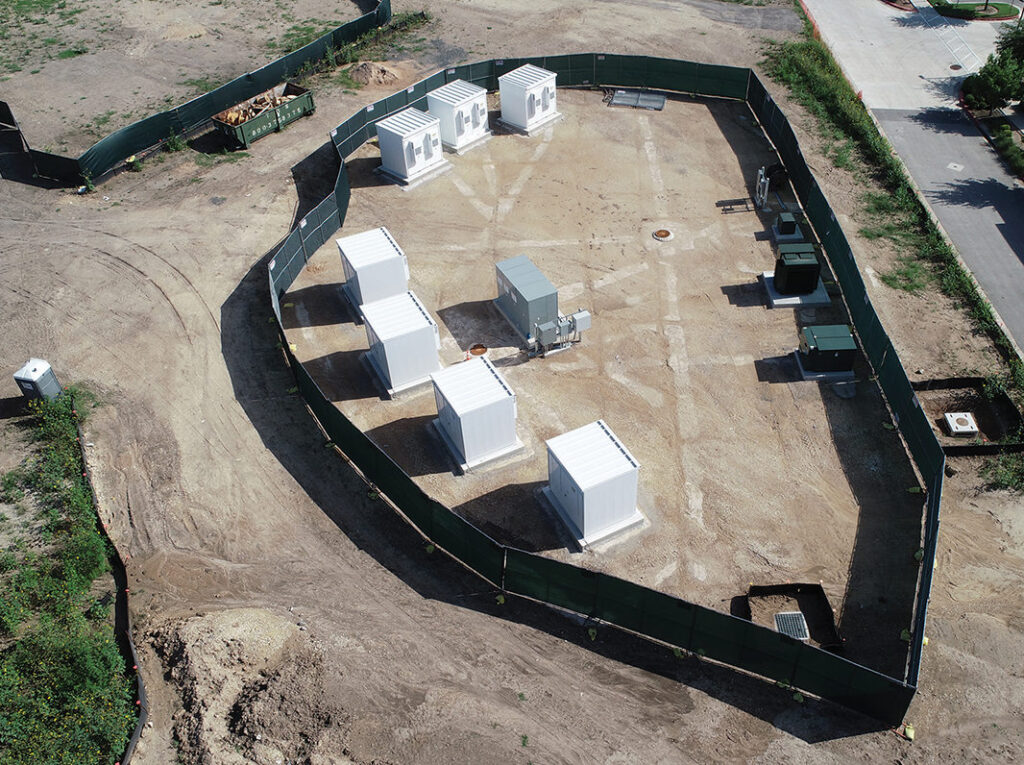New Weather Modeling Capabilities Driving Big Bottom-Line Benefits for Utilities


Source: Improving Weather Forecasts for Wind and Solar Energy, National Oceanic and Atmospheric Administration
Weather is, rightfully, likely to appear near the top of the lists of risk factors published in utility Annual Reports.
Utilities have already come a long way, when it comes to using advanced analytics to address risks associated with the intermittency of power generated wind and solar. While still having what I’d call “certain uncertainties” and/or levels of error which the wholesale energy market and power dispatchers and utilities planners in various ways are able to address, in the last decade forecasting models tailored to the utility industries’ unique needs have improved a great deal.
But we are still early in our path toward optimization of weather prediction for optimal dispatch of renewables, prediction of severe weather events, and for other ways in which utilities seek to minimize short and long term risk.
The National Oceanic and Atmospheric Administration (NOAA) among others, is involved in development of better forecasting models utilizing a wide range of advanced analytics techniques and tools. And they, and others, are involved in numerous R&D projects involving public/private partnerships.
Prediction of High-Impact Weather
Massive amounts of data about atmospheric conditions, taken from diverse real-time sources, are required to feed machine-learning algorithms and other statistical models for the forecasts. And as larger and larger historical databases are built up, the discrepancies between forecasted and actual weather patterns must be fed back into the models for further

Source: How numerical weather prediction models work – Applications for power system operations, by Stan Benjamin, NOAA, page 3.
In parallel, the demand for electricity (or so-called load) is estimated. As a result, given some of the ways in which utilities can utilize weather models’ results, weather-sensitive data about variations in demand for electricity must be built into models for an overall prediction.
Regarding yet another “certain uncertainty”, allow me to digress and mention how, among accountants, there is a joke about economists that applies here:
- Question: “Why are there no one-handed economists?”
- Answer: “Because whenever an economist provides a forecast, they then say, ‘However, on the other hand’….”.
So along with the uncertainties about weather and renewables dispatch, utility planners have to factor forecast-related impacts of economic uncertainties with respect to long-term electricity demand.
Since utilities must always match generation output with demand within specified reserve margins, there are significant costs associated with all these long- and short-term uncertainties. Therefore, minimizing these uncertainties will remain a robust economic driver for many years to come, for many reasons which we will describe.
Ongoing penetration of real-time data feeding into these weather and load models will enable R&D efforts to leverage better weather prediction to reduce the level and costs of risk utilities face. And they will also help increase the positive benefits to be realized by incorporating better weather models into long- and short- term planning processes.
Utility planning process improvements will provide these risk-reductions and positive benefits across the following key areas:
- Optimization of short-term dispatch of variable sources of generation, notably wind and solar (and to a lesser extent, hydro);
- Optimization of long-term planning associated with maintenance of existing facilities as well as the addition of new sources of generation and related transmission/substation infrastructure;
- Utilization of more detailed long-term probabilities modeling severe weather event scenarios in order to optimize investments in asset hardening;
- Integration of wind and solar reliably with redundant and resilient T&D systems addressing more complex multi-factor failure mechanisms and more complex “virtual power plant” dispatch scenarios (e.g. addressing intermittency of wind and solar in diverse weather scenarios with peaking gas-fired generating units in coordination with Distributed Energy Resources (DERs) including EVs);
- Utilization of more detailed severe weather forecasts and historical weather data for fine-tuning of routine and emergency O&M plans to for outage response and service restoration contingencies including:
- Dispatching crews optimally based on real-time mapping of lightning strikes during an approaching storm;
- Utilizing historical lightning strike data (e.g. multiple strikes that occurred near a specific substation but did not cause an outage) to proactively repair compromised equipment before a major failure occurs and/or correlate those lightning strikes with SCADA data;
- Model interactions between soil saturation, severe wind events, and downed trees or branches so as to optimize future vegetation management and tree trimming proactively;
- Ancillary weather-related mission-critical supply chain impacts;
- Development of better short-term local, and longer-term territory-wide predictions of weather-sensitive changes in peak electricity demand, in relation to adequacy of electric generation supply to meet demand, and in relation to optimization of Demand Response (DR) programs. (Given the weather-sensitive nature of typical Demand Response events, DR-based reductions peaks in electricity usage need to include local predictions of temperature and humidity and other weather-related impacts on end-use behavior of electric customers);
- Modeling to best address weather-related risks and impacts on wholesale energy markets is a value driver for electric utilities, since fuel and purchased power, taken together, at around 50% in total, typically represent the largest single O&M expense category for most U.S. electric utilities. Such models must feed into complex systems to address the risks and economic criteria for decisions made by various groups, including:
- Energy traders;
- ISOs and RTOs;
- Vertically-integrated utilities optimization multi-fuel generation portfolios
- Hedges and contingency planning for utilities that rely upon multi-year purchased power contracts.
These processes would be of great value even if today’s weather patterns were similar to historical weather patterns. But recent weather patterns are not, generally, remaining stable. And the need for more sophisticated weather models increases dramatically as weather patterns become less predictable.
The questions to be answered are wide-ranging. When it comes to solar power, how do clouds form? In the short term for local dispatchability of solar power to be optimized, how can we better predict when clouds will pass over a region, and when they will dissipate? And in the long term across large, multi-state regions, the entire mix of generation facilities needs to be adequate to reliably meet demand, so planners need weather models to predict whether the output of solar facilities will stay stable or be impacted by general or seasonal increases or decreases in the level of cloudiness and of aerosols in the atmosphere.
Consider the situation in California, where the Independent System Operator, CAISO, has to balance load and generation in real time. As the amount of solar PV on a system is increased, there is a critical need to address solar PV’s variability by ensuring the availability of other power generating facilities, such as natural gas peaking combustion turbines. These peaking facilities’ ramping time is the key. (Ramping time refers to the amount of time it takes for a generating facility to meet an increase in demand for electricity, and is a critical element planners account for in order to meet reliability criteria.) The North American Electric Reliability Corporation (NERC) recently reported that distributed solar’s growth in California now has CAISO’s three-hour ramping needs pegged at 13 GW, “exceeding earlier projections and reinforcing the need to access more flexible resources.”
CAISO has a lot of load to balance, and is projecting that behind-the-meter PV in the state will grow to 12 GW by 2020. And the state already has, in addition, more than 10GW of utility-scale solar.
Excerpt from NERC 2017 Long-Term Reliability Assessment
Ramping needs are difficult to predict dependent on weather, the geographic uniformity of behind-the-meter PV resources, end-use electric consumer behavior, and generation dispatch availability. Moreover, behind-the-meter PV generation will have a smaller impact on ramping as the geographic diversity of rooftop solar increases, reducing local simultaneous weather impacts experienced by close proximity solar resources. These factors contribute to the nature of ramping variability in California.
Ramping (Load-Following) Case Study:
- Currently, there are more than 10 GW of utility-scale and 5 GW of behind- the-meter PV resources in the CAISO footprint, which has the most concentrated area of PV in North America.
- CAISO’s actual maximum three-hour upward ramping needs were 7,600 MW in 2013, when growth was projected to reach 13 GW by 2020.
- In 2016, actual hour ramps reached 12.9 GW, which is four years ahead of projections.
- Ramping needs have increased rapidly because roof-top PV has grown 24 Nondispatchable resource is defined to be any system resources that do not have active power management capability or do not respond to dispatch signals faster than projected. Accordingly, CAISO has revised its estimated three-hour upward ramp to exceed 16,800 MW in 2020.
These developments in California highlight the importance for industry to focus on evaluating the ability of the resource mix to adequately meet net-load ramping needs as more DERs are added.
Source: NERC 2017 Long-Term Reliability Assessment, Page 26
Conclusion
We must praise the progress of advanced analytics models to address the complexities associated with weather-related impacts on utility operations. But it is equally important for us to be clear about the level of uncertainty associated with all aspects of this work. As we get better at predicting the weather, uncertainties will remain. We need to quantify the data’s accuracy, completeness, and timeliness, as well as quantifying the uncertainties associated with how we interpret and visualize it and integrate it with other data with its own “certain uncertainties.”





